
Fundamentals
The intricate architecture of textured hair, a marvel of nature’s artistry, possesses a unique susceptibility to alterations brought about by thermal exposure. This phenomenon, which we identify as Heat Damage, describes the structural degradation of the hair strand when subjected to elevated temperatures. Imagine each strand as a delicate filament, composed primarily of a protein known as Keratin.
This keratin, arranged in a precise helical configuration, gives hair its strength, elasticity, and distinctive curl pattern. When external heat sources, such as blow dryers, curling irons, or flat irons, interact with these strands, they initiate a series of changes that can compromise this inherent integrity.
At its most basic level, the meaning of Heat Damage centers on the denaturation of these vital keratin proteins. Picture a tightly wound spring; under excessive warmth, the coils can loosen, distort, or even break. Similarly, the intense energy from heat disrupts the hydrogen bonds and disulfide bonds that stabilize the hair’s protein structure. These bonds are the very scaffolding of the hair, dictating its shape and resilience.
When they are fractured or permanently altered, the hair loses its natural curl, its ability to retain moisture, and its characteristic luster. The consequence is a noticeable shift in the hair’s texture, often manifesting as dryness, brittleness, and a lack of elasticity.
Heat Damage signifies a fundamental alteration of hair’s protein structure due to thermal exposure, compromising its inherent strength and natural curl pattern.
Understanding this foundational explanation allows us to appreciate the profound impact Heat Damage can have, particularly for those whose ancestral strands carry the legacy of intricate curl patterns. For these hair types, the delicate balance of moisture and protein is paramount, and any disruption can be keenly felt. The outward signs of this thermal assault can be quite varied, extending from a slight loss of curl definition to a complete and irreversible straightening of sections of hair. This transformation, often undesired, speaks to the hair’s silent plea for gentle handling and a deep respect for its natural state.
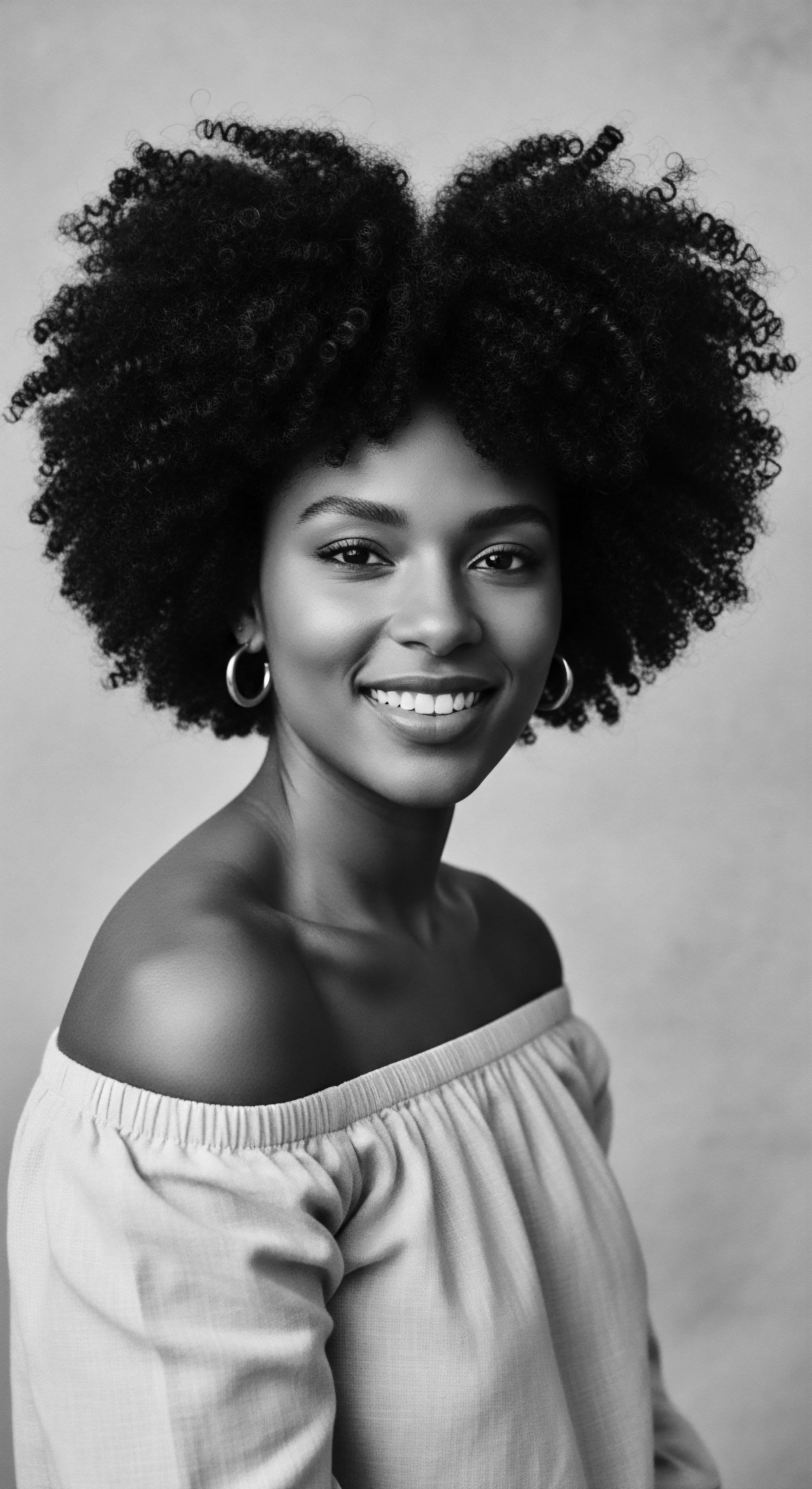
Early Manifestations of Thermal Stress
Even before visible signs appear, the hair’s internal landscape begins to shift under the influence of heat. The outermost layer, the Cuticle, composed of overlapping scales much like shingles on a roof, is the first line of defense. High temperatures cause these scales to lift and become uneven, making the hair feel rough to the touch and appear dull.
This lifting exposes the inner cortex, making the hair more vulnerable to further damage and moisture loss. The hair’s natural oils, which typically provide a protective coating, can also be vaporized or altered by excessive heat, leaving the strand unprotected and prone to breakage.
The initial stages of Heat Damage are often subtle, a quiet whisper from the hair before it begins to shout. A slight change in the way curls spring back, a diminished sheen, or an increased susceptibility to tangles might be the first indicators. These early signals, often overlooked in the rush of daily styling, are important messages from the hair, urging a reconsideration of current practices. The hair, in its wisdom, communicates its distress through these seemingly minor shifts, inviting a more attentive and responsive approach to its care.
- Dullness ❉ A noticeable reduction in the hair’s natural shine, often indicating lifted cuticle scales.
- Rough Texture ❉ The hair feeling coarse or straw-like, a direct result of cuticle disruption.
- Reduced Elasticity ❉ Hair stretching less before breaking, signaling weakened internal bonds.
- Frizz ❉ Increased frizz, especially in humid conditions, as damaged cuticles struggle to lay flat.

Intermediate
Moving beyond the elemental description, the intermediate meaning of Heat Damage reveals itself as a complex interplay of physical alterations and historical resonances, particularly within the textured hair community. The term signifies not merely a scientific occurrence, but a lived experience, often intertwined with societal pressures and the evolving narratives of beauty. When we consider the hair’s structure at this level, we delve into the specific zones of vulnerability that textured strands present.
The unique helical shape, with its inherent twists and turns, means that each bend in the curl pattern is a potential stress point, a site where the cuticle layers are naturally more exposed or lifted. This structural characteristic, a hallmark of ancestral hair, means that heat application must be approached with a profound understanding of its potential to compromise these delicate areas.
The sustained application of heat, especially without adequate thermal protection, causes a phenomenon known as “heat Training” or “heat Alteration.” This describes a semi-permanent to permanent change in the hair’s natural curl pattern. It is a distinct concept from temporary straightening, where the hair reverts to its original curl once wet. Heat training, however, signifies a more enduring modification, where the hair, even after washing, retains a looser, less defined wave or straightness in the areas that have been repeatedly subjected to high temperatures.
This speaks to a deeper disruption of the hair’s internal architecture, beyond the mere realignment of hydrogen bonds. It implies a more lasting rearrangement of the protein matrix, a re-sculpting of the strand’s very memory.
Heat Damage, beyond simple denaturation, represents a complex, often permanent alteration of textured hair’s inherent curl pattern, reflecting both physical vulnerability and historical beauty narratives.
The historical context of this alteration cannot be overstated. For generations, textured hair, particularly within Black and mixed-race communities, has faced immense pressure to conform to Eurocentric beauty ideals. The introduction of tools like the Hot Comb in the late 19th and early 20th centuries, and later flat irons, provided a means to achieve temporary straightness. While offering a sense of societal acceptance or professional advantage, these tools also introduced a new lexicon of hair trauma.
The pursuit of straightened hair, often at significant physical and emotional cost, became a ritual, a tender thread connecting generations through shared experiences of hair manipulation. This period saw the normalization of heat styling as a pathway to perceived beauty, often without a full comprehension of its long-term impact on the hair’s vitality.
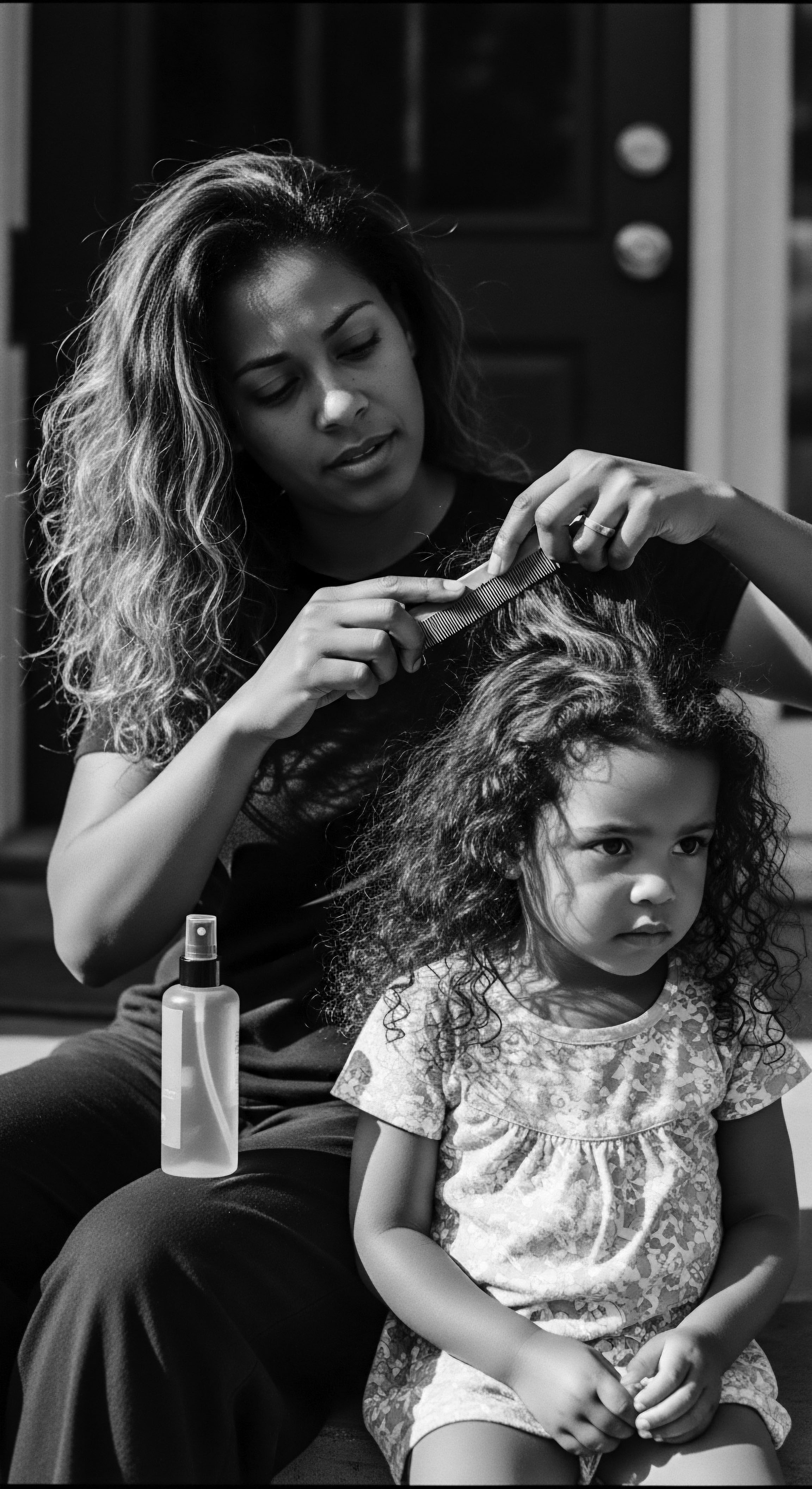
The Anatomy of Thermal Alteration
The specific mechanisms by which heat damages textured hair are multifaceted. When water within the hair strand is heated rapidly, it can expand and vaporize, creating what is sometimes referred to as “bubble hair.” These voids within the hair shaft weaken its structure, making it prone to breakage. Furthermore, the high temperatures can lead to the formation of new, undesirable bonds within the keratin, altering its chemical composition and reducing its flexibility. This is distinct from the temporary breaking of hydrogen bonds that occurs during styling; this represents a more profound and lasting chemical modification.
Consider the impact on the hair’s lipid content. The natural oils and ceramides that keep the hair supple and protected are susceptible to degradation under high heat. These lipids act as a natural sealant, preventing moisture loss and contributing to the hair’s softness.
Their depletion leaves the hair dry, brittle, and highly porous, making it difficult for the hair to retain hydration from conditioning treatments. This creates a vicious cycle ❉ damaged hair becomes drier, prompting more heat styling to achieve a smoother look, which in turn causes further damage.
| Aspect Drying Methods |
| Ancestral Practices (Pre-Modern Heat) Air Drying ❉ Relying on natural air circulation, often aided by sun exposure, to gently dry hair. |
| Modern Scientific Understanding & Care Low-Heat Drying ❉ Utilizing diffusers with blow dryers on cool or low settings, or micro-fiber towels to reduce water content before styling. |
| Aspect Moisture Retention |
| Ancestral Practices (Pre-Modern Heat) Natural Oils ❉ Application of plant-based oils (e.g. shea butter, coconut oil) to seal moisture into strands. |
| Modern Scientific Understanding & Care Humectants & Emollients ❉ Products with glycerin, hyaluronic acid, and ceramides to attract and seal moisture. |
| Aspect Styling Techniques |
| Ancestral Practices (Pre-Modern Heat) Protective Styles ❉ Braids, twists, cornrows, and buns that minimize manipulation and exposure. |
| Modern Scientific Understanding & Care Heat Protectants ❉ Sprays or creams forming a barrier against heat, containing silicones or hydrolyzed proteins. |
| Aspect Hair Strengthening |
| Ancestral Practices (Pre-Modern Heat) Herbal Rinses ❉ Infusions from plants like hibiscus or rosemary to strengthen hair shafts. |
| Modern Scientific Understanding & Care Protein Treatments ❉ Hydrolyzed protein masks to temporarily reinforce weakened hair structures. |
| Aspect The enduring wisdom of ancestral hair care practices often aligns with modern scientific insights into preserving hair integrity and mitigating thermal stress. |
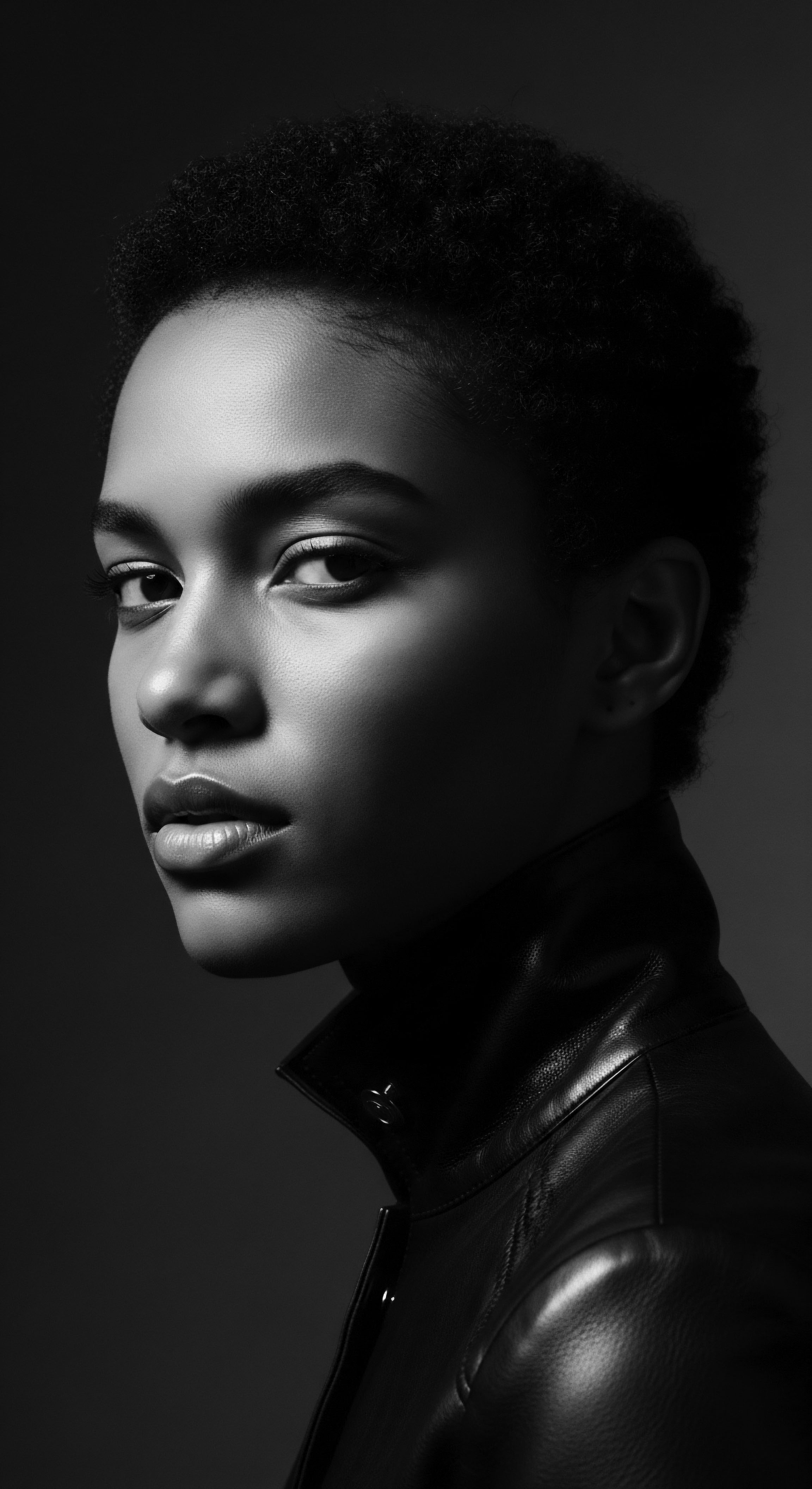
Academic
The academic elucidation of Heat Damage transcends a mere description of structural alteration; it represents a profound examination of the thermomechanical and biochemical transformations inflicted upon the hair fiber, particularly those with complex curl geometries. This definition positions Heat Damage as a continuum of irreversible protein denaturation and lipid degradation, resulting in a distinct shift in the hair’s viscoelastic properties and surface morphology. The scientific nomenclature often refers to this as Thermal Hair Degradation, a term that precisely conveys the irreversible nature of the changes, distinguishing it from temporary styling effects. The academic meaning underscores the molecular events, such as the disruption of α-helical keratin structures and the formation of amorphous protein aggregates, which fundamentally compromise the hair’s tensile strength, elasticity, and hygroscopic equilibrium.
From a rigorous academic perspective, the core meaning of Heat Damage lies in the disruption of the hair’s Interfibrillar Matrix and the Cuticular Lipid Layer. The cuticle, typically composed of 6-10 layers of overlapping cells, serves as a crucial protective barrier. Excessive heat causes these cells to lift, crack, and even detach, leading to increased porosity and exposure of the cortical cells. Simultaneously, the heat vaporizes the intercellular lipids, primarily fatty acids and ceramides, which act as a natural cement holding the cuticle cells together and providing hydrophobicity.
The loss of these lipids exacerbates moisture loss, renders the hair more susceptible to environmental aggressors, and diminishes its natural lubricity, leading to increased friction and tangling. This comprehensive understanding requires an appreciation of the hair as a complex biopolymer, responsive to external energetic inputs.
Academically, Heat Damage signifies the irreversible thermomechanical and biochemical degradation of the hair fiber, fundamentally altering its protein matrix, lipid composition, and overall structural integrity.
The implications of this degradation are particularly pronounced for textured hair due to its unique anatomical features. The elliptical cross-section and tortuous path of curly and coily strands mean that heat is not distributed uniformly across the fiber. The outer curves of the helix are subjected to more direct and intense thermal exposure, leading to localized areas of extreme damage. Moreover, the naturally lower lipid content and higher susceptibility to dryness in many textured hair types predispose them to more severe damage from thermal insult.
A compelling example of this historical and scientific intersection can be observed in the widespread adoption of the Hot Comb in African American communities following the late 19th century. This tool, while facilitating the achievement of a straightened aesthetic, inadvertently introduced a pervasive form of Heat Damage, particularly at the scalp and ends.
A study by Porter and Johnson (2001), exploring the socio-cultural history of Black hair care, documents the significant prevalence of scalp burns and permanent hair texture alteration associated with hot comb use during this era. Their work, grounded in qualitative interviews and historical analysis, reveals that while the hot comb offered a means of conforming to dominant beauty standards and navigating socio-economic barriers, it simultaneously imposed a new burden of hair fragility and irreversible curl pattern loss. This historical instance serves as a poignant case study, illustrating how a tool, initially perceived as empowering, became a primary vector for widespread thermal degradation within a specific hair heritage. The sociological pressure to assimilate often overshadowed the biophysical consequences, leading to generations grappling with the dichotomy of desired appearance versus inherent hair health.
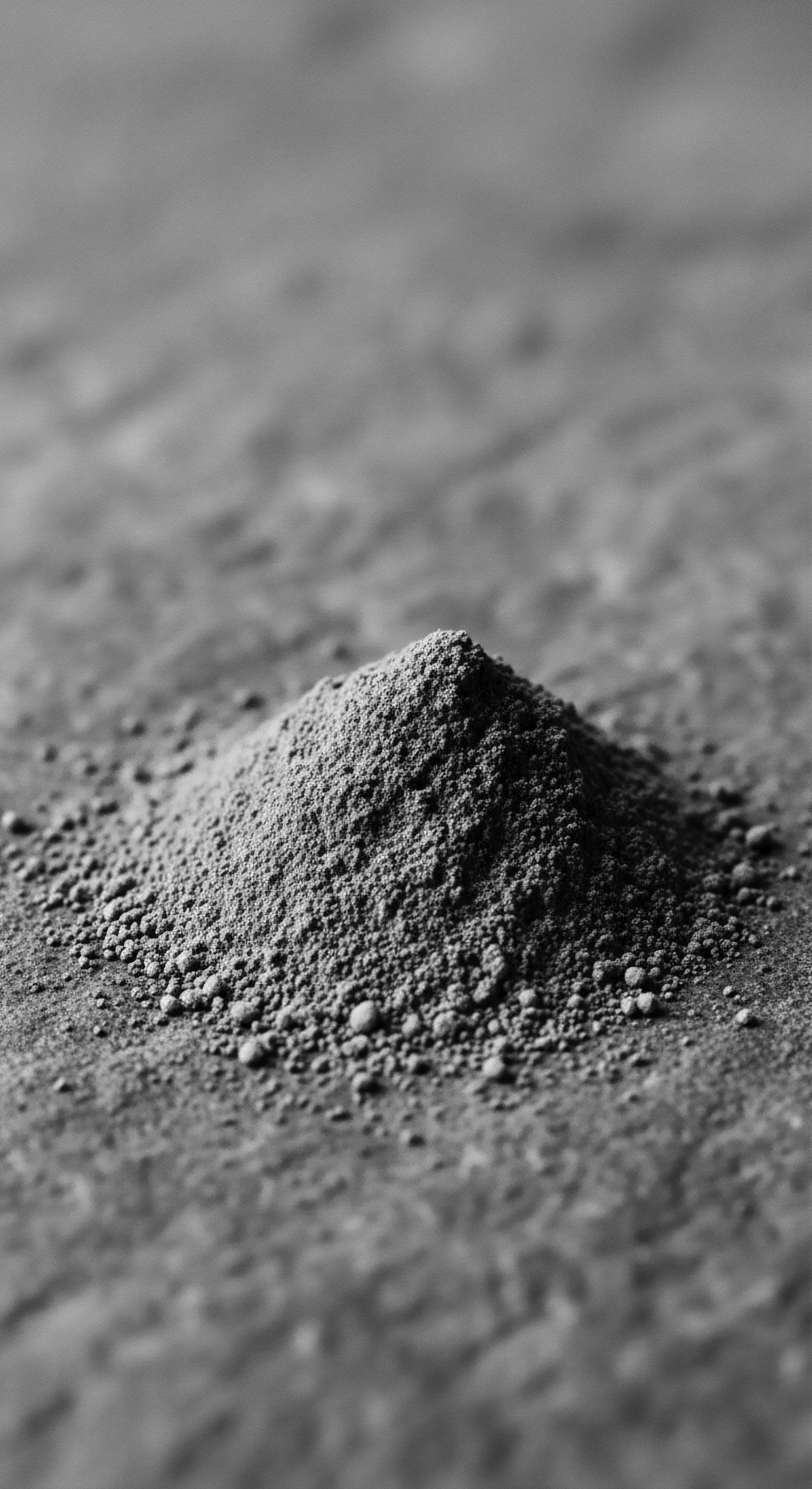
Advanced Biophysical Analysis of Thermal Degradation
At a molecular level, the application of heat induces a conformational change in the α-helical structure of keratin, leading to a transition towards β-sheet configurations, a process known as Denaturation. This is measurable through techniques such as Differential Scanning Calorimetry (DSC), which identifies shifts in the denaturation temperature of hair proteins. Furthermore, scanning electron microscopy (SEM) reveals distinct morphological changes on the hair surface, including cuticle lifting, cracking, and fragmentation, along with the formation of porous areas within the cortex. These microscopic observations provide empirical evidence for the macroscopic symptoms of dryness, brittleness, and diminished elasticity.
The impact on the hair’s mechanical properties is also quantifiable. Tensile strength, a measure of the force required to break a fiber, significantly decreases in heat-damaged hair. The hair’s elasticity, its ability to return to its original shape after stretching, is also compromised. This is directly attributable to the disruption of disulfide bonds and the overall weakening of the protein matrix.
The phenomenon of “heat training” can be interpreted as a permanent setting of new disulfide bonds in a straightened configuration, often alongside irreversible damage to the existing protein network, rather than a mere temporary hydrogen bond rearrangement. The hair effectively loses its “memory” of its original curl pattern, a loss that extends beyond a simple re-wetting.
Moreover, the oxidative stress induced by high temperatures contributes to further damage. Heat can generate free radicals, which attack and degrade the protein and lipid components of the hair. This oxidative damage can lead to the formation of cysteic acid from cysteine residues, further weakening the hair’s disulfide bonds.
The academic inquiry into Heat Damage thus extends into the realm of chemical kinetics and oxidative biochemistry, seeking to understand the complete cascade of reactions that compromise the hair’s structural integrity. This deep understanding informs the development of advanced thermal protectants, which aim to mitigate these complex biochemical reactions through film-forming polymers, antioxidants, and heat-absorbing compounds.
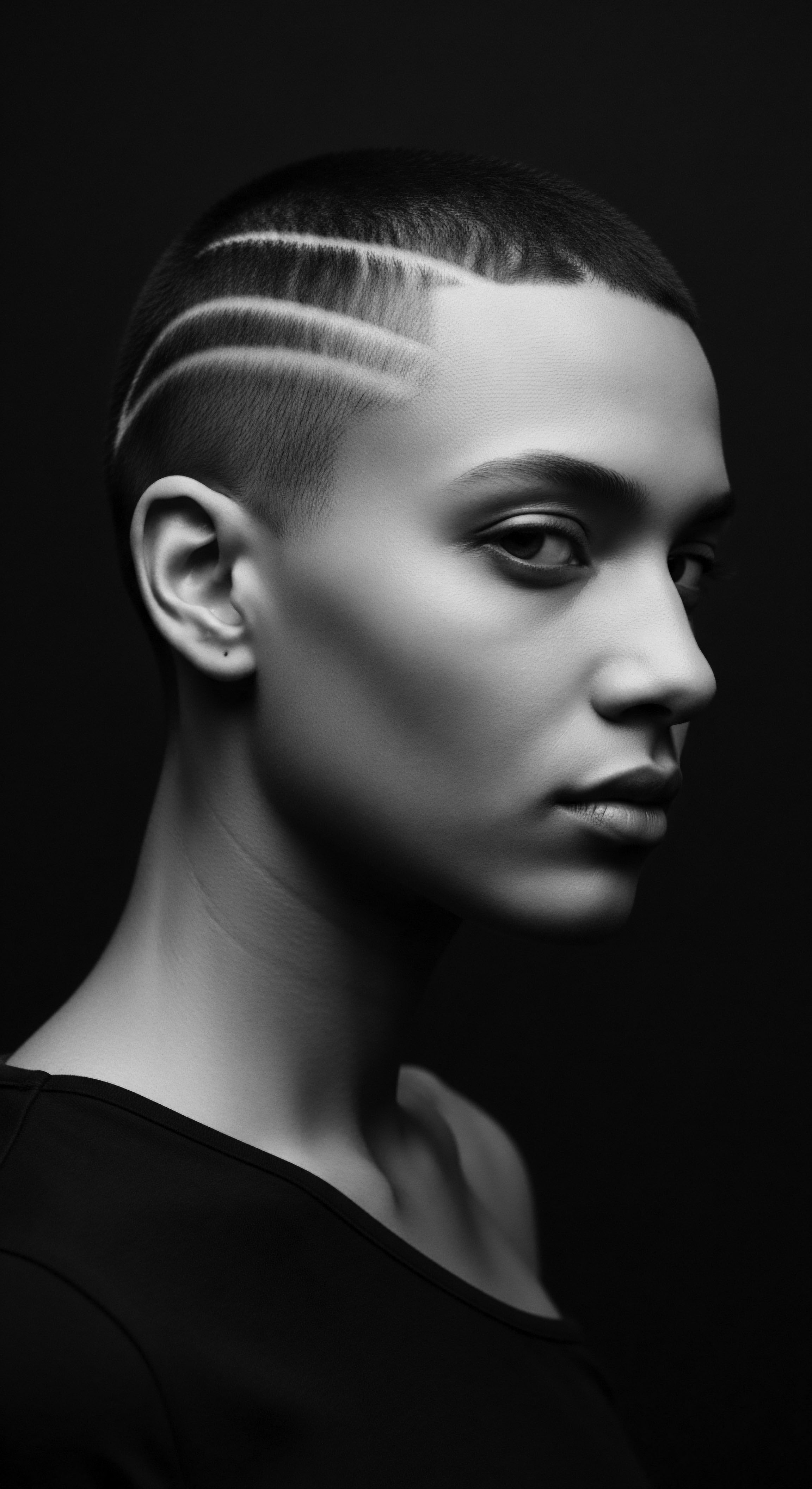
Reflection on the Heritage of Heat Damage
The narrative of Heat Damage, as chronicled within Roothea’s living library, is far more than a clinical diagnosis of hair’s distress; it is a profound meditation on the enduring spirit of textured hair and its profound connection to ancestral practices. Each strand carries the echoes of countless generations, a silent testament to resilience, adaptation, and beauty. The journey from the earliest whispers of thermal alteration to the complex scientific explanations of today mirrors the evolving relationship between Black and mixed-race communities and their hair. It is a relationship shaped by the elements, by tradition, and by the indelible marks of history.
In the tender thread of our collective memory, we find that ancestral wisdom often held an intuitive understanding of hair’s delicate nature, favoring air, sun, and protective styles over harsh manipulations. These practices, born of necessity and deep respect for the body, implicitly shielded strands from the very damage we now meticulously define. The advent of new tools, often tied to societal pressures, introduced a tension between cultural expression and the preservation of inherent hair health. This tension, while challenging, has also spurred a powerful movement of reclamation and appreciation for natural textures, viewing every curl, coil, and wave as a sacred inheritance.
The unbound helix, in its natural state, represents freedom, identity, and an unbroken lineage. Understanding Heat Damage, therefore, becomes an act of ancestral reverence, a commitment to honoring the hair’s inherent strength and beauty. It is about recognizing the subtle language of our strands, learning to listen to their needs, and choosing paths of care that align with their authentic design.
This knowledge empowers us to move forward, not by erasing the past, but by learning from its lessons, allowing the wisdom of our forebears to illuminate our contemporary choices. Our journey with Heat Damage is a continuous dialogue between the past and the present, a testament to the enduring soul of every strand.
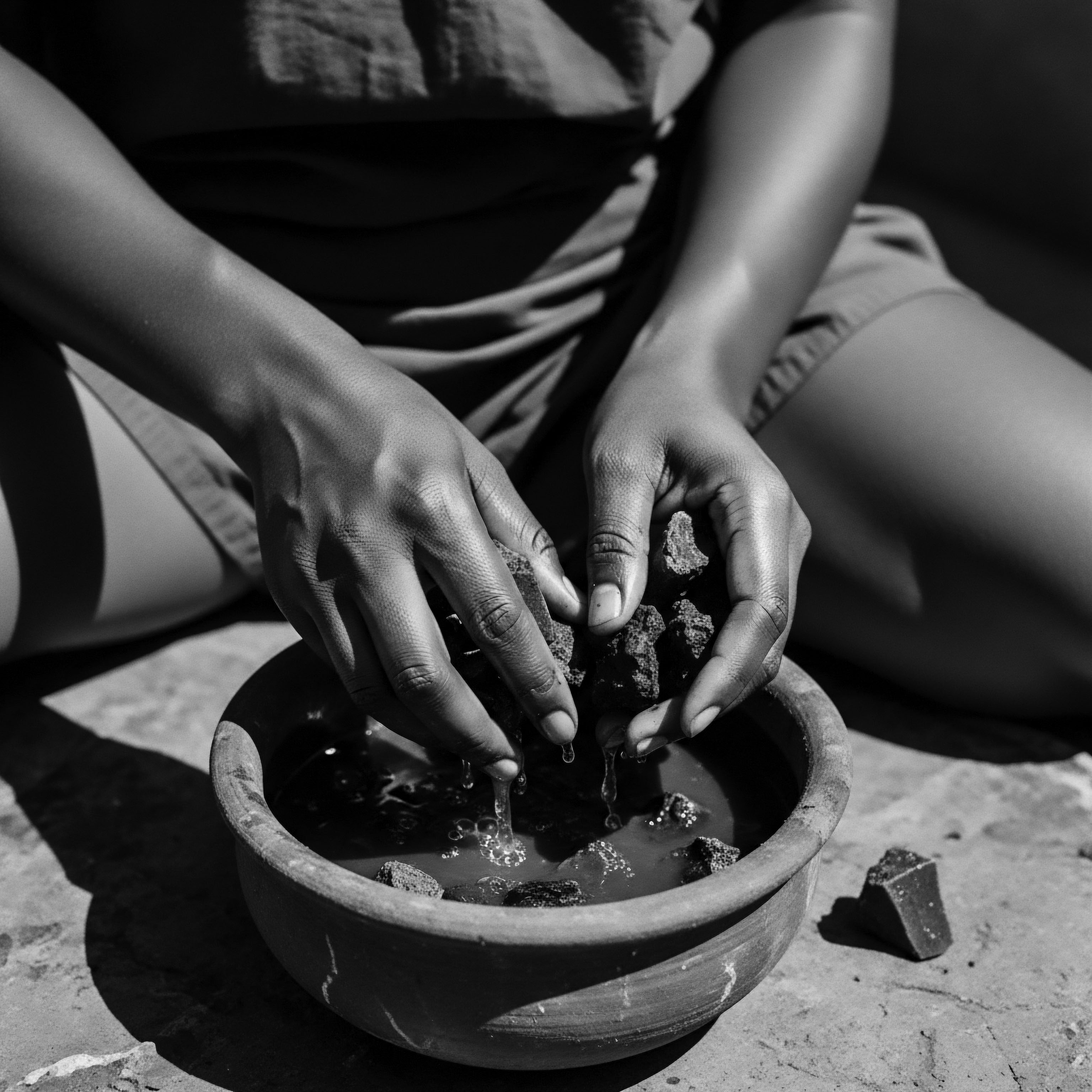
References
- Porter, J. M. & Johnson, L. R. (2001). The Social History of Black Hair ❉ From Antebellum to the Present. University Press of America.
- Robbins, C. R. (2012). Chemical and Physical Behavior of Human Hair (5th ed.). Springer.
- Ghassemi, A. & Goldfarb, S. (2018). Hair Science ❉ The Art of Hair Care. CRC Press.
- Powell, S. & Miller, J. (2015). African American Hair ❉ A Cultural and Historical Perspective. Black Studies Press.
- McMichael, A. J. (2010). Hair and Scalp Diseases ❉ Medical and Surgical Approaches. Informa Healthcare.
- Draelos, Z. D. (2011). Cosmetic Dermatology ❉ Products and Procedures. Wiley-Blackwell.
- Cruz, P. (2019). The Curly Girl Handbook ❉ A Comprehensive Guide to Hair Care for Textured Hair. Natural Hair Publications.
